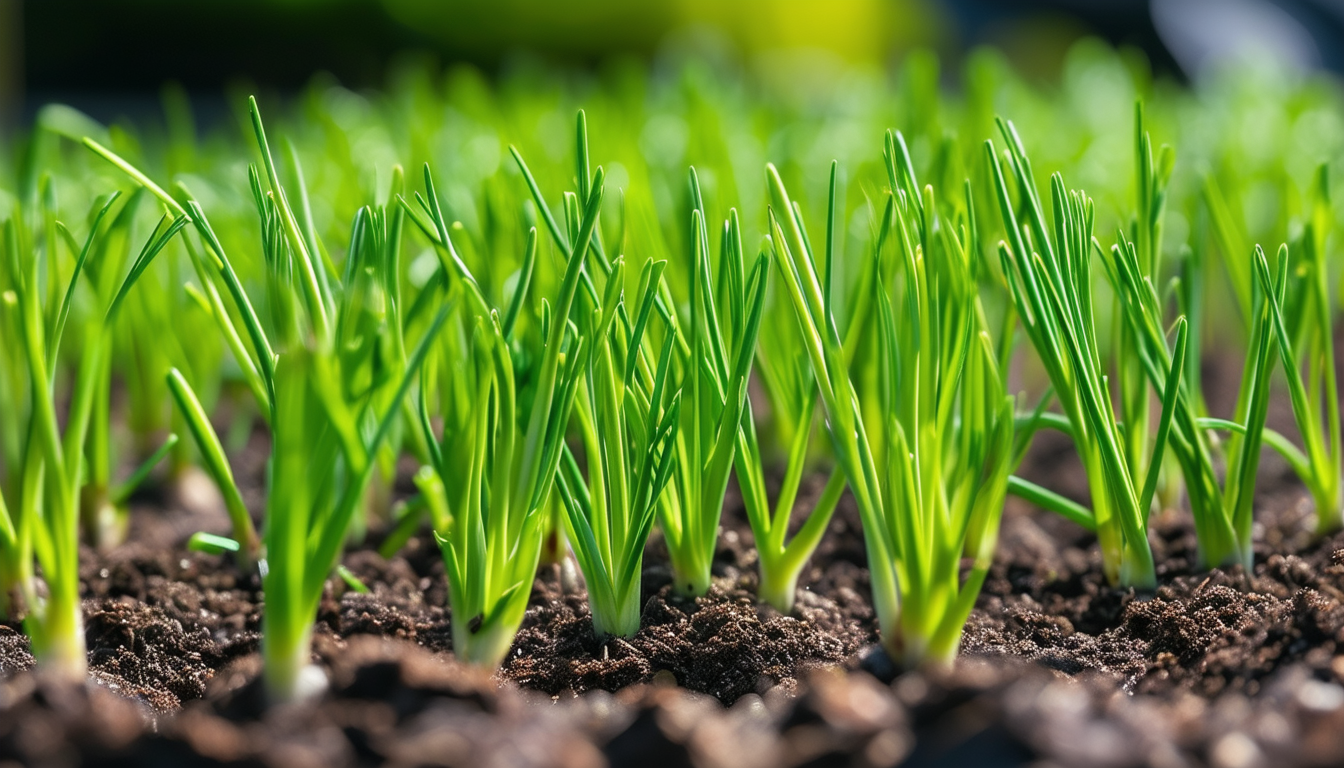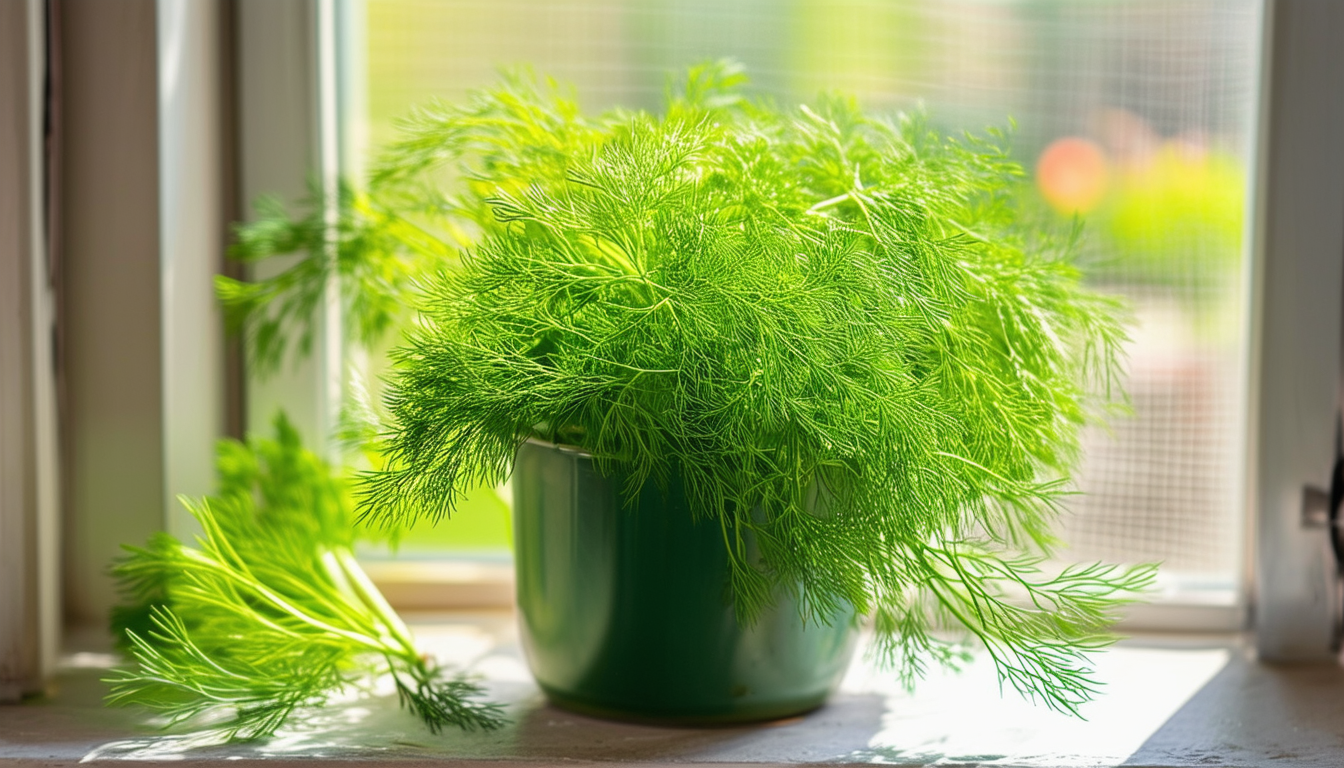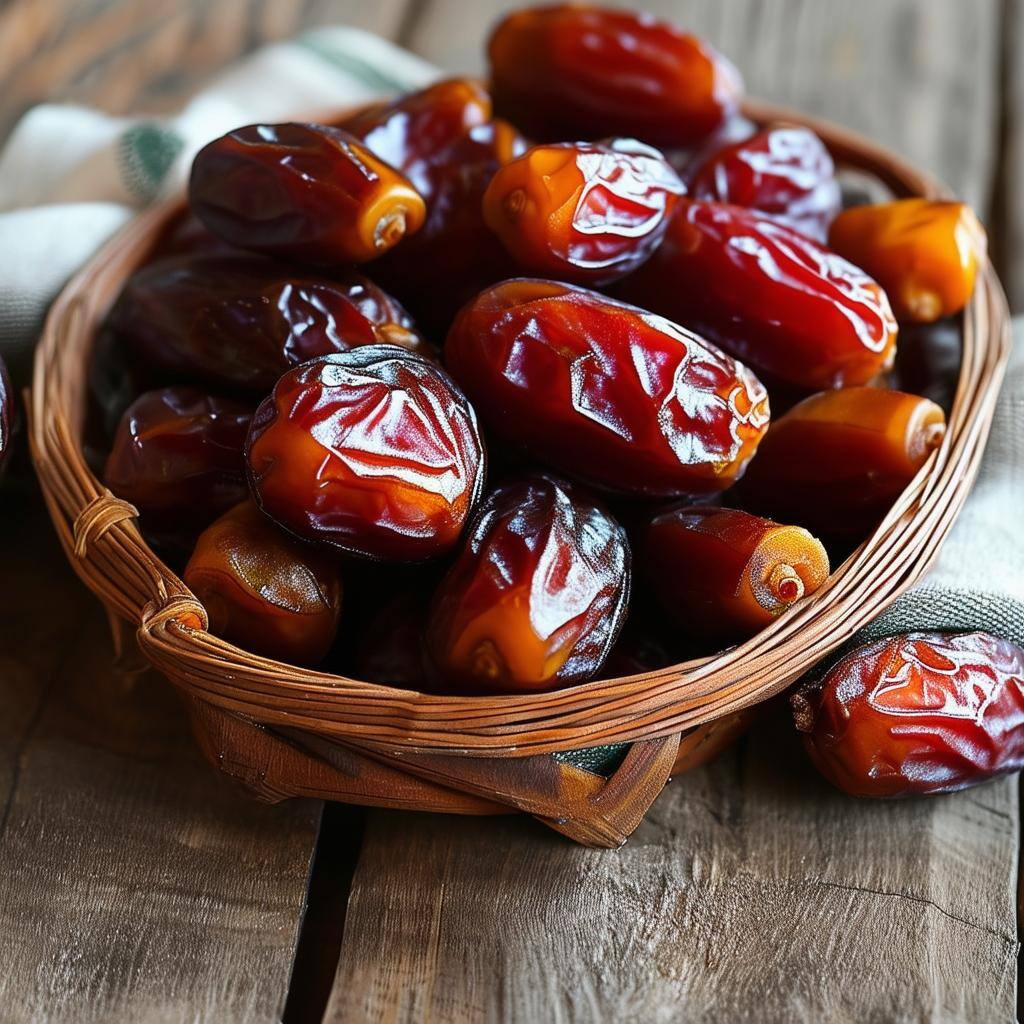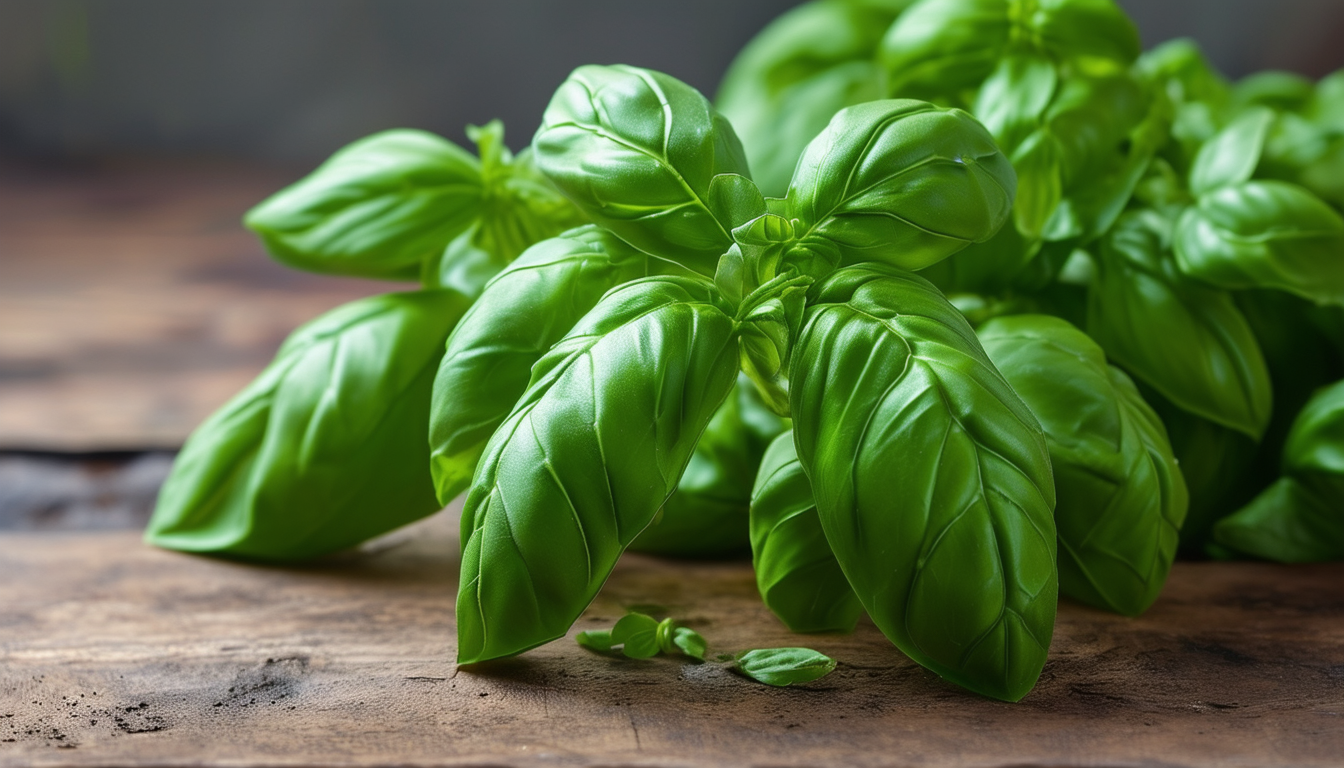
Unlock the secrets to growing delicious and fresh chives right from your own garden with our detailed, step-by-step guide.
Intro - Why Grow Chives: Benefits and Uses of This Versatile Herb
Chives are a delightful addition to any garden, offering not only their vibrant green color but also their mild onion-like flavor. They are incredibly versatile, being used in a variety of dishes from soups to salads and even as garnishes.
Growing chives at home ensures you have a fresh supply on hand while also allowing you to reap the numerous health benefits they offer, such as high levels of vitamins A and C, as well as antioxidants.
Selecting the Right Seeds: What to Look for When Buying Chive Seeds
When selecting chive seeds, look for seeds that are labeled as fresh and have a high germination rate. Opt for organic seeds if possible to ensure you are starting with the best quality.
It's also important to check the packaging date to ensure the seeds are not too old, as older seeds may have reduced viability.
Prepping Your Garden: Ideal Soil Conditions and Planting Locations
Chives thrive best in well-drained soil that is rich in organic matter. They prefer a sunny location but can tolerate partial shade.
Prepare your garden by loosening the soil to a depth of about 6-8 inches and incorporating compost to enhance fertility. Ensure the planting area is free from weeds, which can compete with young chive plants for nutrients and water.
5 Step Guide to Planting Chive Seeds
Step 1: Sow chive seeds indoors 6-8 weeks before the last expected frost date. Use seed trays or small pots filled with seed-starting mix.
Step 2: Plant the seeds 1/4 inch deep and cover lightly with soil. Keep the soil consistently moist but not waterlogged.
Step 3: Place the seed trays in a warm, sunny location or under grow lights. Chive seeds typically germinate within 10-14 days.
Step 4: Once seedlings have a few sets of true leaves, they can be transplanted outdoors after the danger of frost has passed.
Step 5: Space the seedlings about 4-6 inches apart in rows that are 12 inches apart. Water thoroughly after transplanting.
Caring for Your Chive Plants: Tips for Watering, Fertilizing, and Harvesting
Water chive plants regularly, keeping the soil consistently moist but not soggy. Mulching around the plants can help retain moisture and suppress weeds.
Fertilize chives with a balanced, all-purpose fertilizer once a month during the growing season. Avoid over-fertilizing, as this can lead to excessive leaf growth at the expense of flavor.
Harvest chives by snipping the leaves with scissors, cutting them back to about 1-2 inches above the soil. Regular harvesting encourages new growth and helps keep the plants healthy.
Height, Spread & Harvest Time
Chives typically grow to a height of 12-18 inches and have a spread of about 12 inches. They are ready to harvest about 60 days after planting.
You can begin harvesting once the plants are established and have reached a height of at least 6 inches. Continuous harvesting will encourage more growth.
Soil, Feed & Fertiliser
Chives prefer well-drained, loamy soil with a pH of 6.0-7.0. Incorporate organic matter such as compost to improve soil fertility.
Feed chives with a balanced fertilizer every 4-6 weeks during the growing season. A liquid seaweed fertilizer can also be beneficial.
Best Varieties
Some popular chive varieties include 'Common Chives' (Allium schoenoprasum) known for their mild flavor, and 'Garlic Chives' (Allium tuberosum) which have a subtle garlic flavor.
Experiment with different varieties to find the one that best suits your culinary needs and growing conditions.
Common Pests & Diseases
Chives are relatively pest-resistant but can occasionally be affected by aphids, thrips, and onion maggots. Regularly inspect your plants and use organic insecticidal soap if necessary.
Diseases such as downy mildew and rust can affect chives. Ensure good air circulation and avoid overhead watering to reduce the risk of fungal infections.
FAQ
How long does it take to grow chives from seed? Chives take about 7-14 days to germinate and are ready for harvest in about 60 days.
How many chives do you get from one seed? Each seed grows into one chive plant, which can produce multiple leaves over time.
How do you plant chive seeds indoors? Sow seeds in seed trays filled with seed-starting mix, cover lightly with soil, and keep moist until germination.
Why are chives hard to grow from seed? Chives can be slow to germinate and may require consistent moisture and warmth for successful growth.
Do chives grow back every year? Yes, chives are perennials and will return each year if properly cared for.
Should I let my chives flower? Allowing chives to flower can attract beneficial insects, but remove spent flowers to prevent self-seeding.
Where is the best place to plant chives? Plant chives in a sunny location with well-drained soil.
How much room do chives need? Space chive plants about 4-6 inches apart.
Do you harvest chives before they flower? Yes, harvesting before flowering can help maintain the best flavor.
How often should you water chives? Water chives regularly, keeping the soil moist but not waterlogged.
Can you eat chives after they flower? Yes, but the flavor may be milder. The flowers are also edible and can be used as a garnish.
How do you prepare chive seeds for planting? Soak chive seeds overnight in water to improve germination rates.
How long until chives seeds sprout? Chive seeds typically sprout in 7-14 days.
What to do when chives flower? You can either enjoy the flowers or remove them to encourage more leaf growth.
Will chives grow indefinitely? Chives can continue growing for many years if properly maintained.
Should I deadhead chives? Yes, deadheading spent flowers can prevent self-seeding and encourage new growth.
How many chive seeds per hole? Plant 2-3 chive seeds per hole and thin out the weakest seedlings.
What do you do with chives in the winter? Mulch chive plants in colder climates to protect them during winter.
Do chives grow back if you cut them? Yes, cutting chives encourages new growth.
Can you eat the purple flowers on chives? Yes, chive flowers are edible and can be used as a garnish.
How do you keep chives happy? Ensure they have plenty of sunlight, well-drained soil, and regular watering.
What month is best to grow chives? Chives can be planted in early spring or late summer.
Do chives grow well in containers? Yes, chives thrive in containers with good drainage.
What is the best month to plant chives? Early spring is ideal for planting chives.
What does chives in English mean? Chives refer to a species of flowering plant in the onion family.
How do you know when chives are ready? Chives are ready to harvest when they are about 6 inches tall.
What part of the chive plant do you eat? The green tops and the flowers are edible.
Are chives good for you? Yes, chives are rich in vitamins A and C, as well as antioxidants.
Can you freeze chives? Yes, chives can be frozen for later use.
Why are my chives so thin? Thin chives may need more sunlight, water, or nutrients.
Does trimming chives encourage growth? Yes, regular trimming encourages new growth.
What do overwatered chives look like? Overwatered chives may have yellowing leaves and be more susceptible to root rot.
What diseases can chives get? Chives can be affected by downy mildew, rust, and fungal infections.



